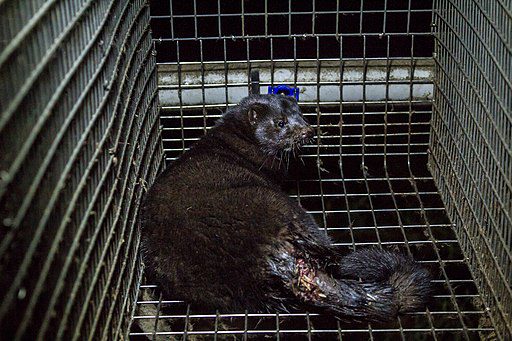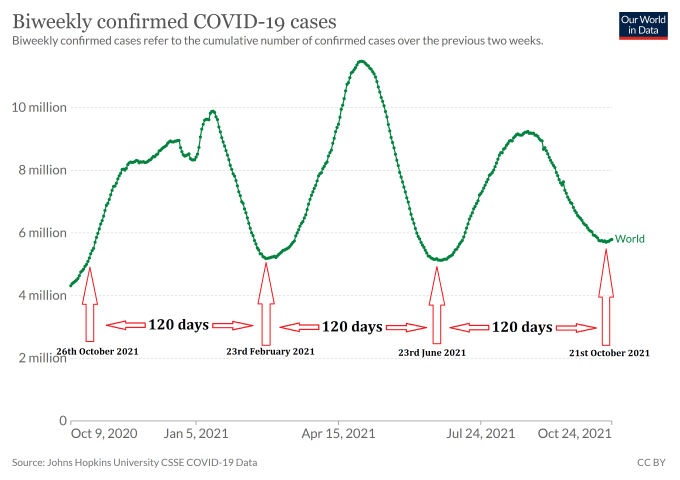
Imperial College: SARSCoV2 coronavirus variant P1 is more transmissible, evasive, and growing rapidly in Brazil
Researchers estimate that the P.1 VOC is between 1.4–2.2 times more transmissible than non-VOC lineages. In addition, they estimate that the P.1 VOC evades 25-61% of protective immunity arising from infection with previously circulating variants.
Statistical analysis of genome data suggests that the P.1 lineage has likely been circulating in Manaus since early November 2020.
This lineage has been identified in over 20 countries worldwide and continues to spread, including several recently confirmed cases in the UK.
Global collaborative efforts on rapid virus genome sequencing are allowing us to identify SARS-CoV-2 lineages of concerns in near real-time.
Several genetic changes – substitutions and deletions – in this new P.1 lineage may have immunological significance. The team identified 17 mutations for this VOC, including a trio in the spike protein (K417T, E484K and N501Y) associated with increased binding to the human ACE2 receptor: a protein on the cell surface functioning as an entrance into the cell for SARS-CoV-2. Using analysis of genome sequence data, researchers were able to date back the emergence of the P.1 VOC to early November 2020.
More transmissible and evasive
The researchers found that the new P.1 lineage is growing rapidly in Brazil, is likely more transmissible than other variants, and may have the ability to evade protective immunity. The researchers estimate that the P.1 VOC is between 1.4–2.2 times more transmissible than non-VOC lineages. In addition, they estimate that the P.1 VOC evades 25-61% of protective immunity arising from infection with previously circulating variants. The exact trade-off between increased transmissibility and evading immunity is not currently known.
Image by ikedaleo from Pixabay





